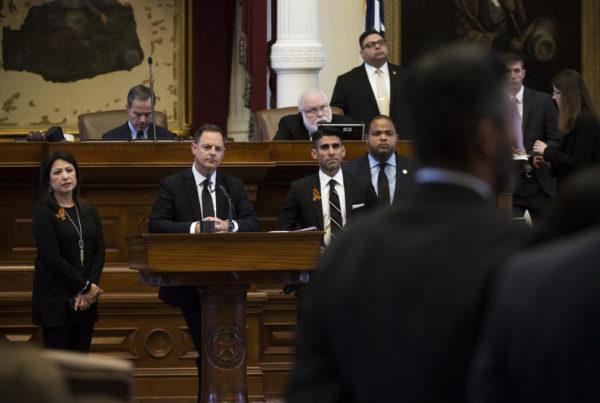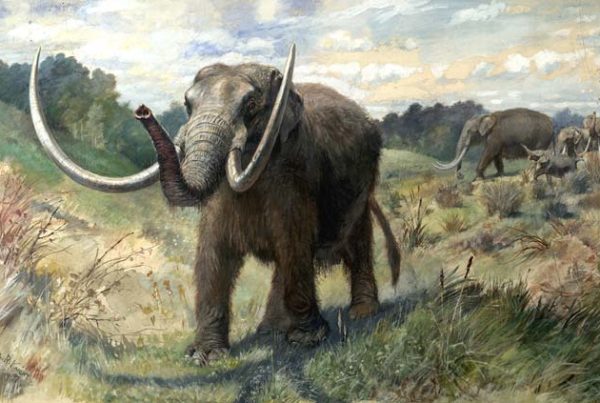Over 200 years ago, along a line from the Pecos River to the Rio Grande, the nomadic Comanches crossed the state’s Big Bend country by moonlight on horseback. The route became known as the Comanche Trail.
Little evidence remains of the trail itself, but you can travel its approximate course by following U.S. Route 385 from historic Fort Stockton to Big Bend National Park.
Fort Stockton is a good starting point – it’s a historic community established around Comanche Springs. The springs are a source of fresh water that once discharged from the ground “like a sea monster” according to one 1800s explorer. Tour the town’s frontier military garrison, built in 1867 from locally quarried limestone and handmade adobe bricks.
Continue south, entering a crater with low-lying hills known as the Sierra Madera Astrobleme. It’s the result of an asteroid or comet impact from approximately 65 million years ago. The six-mile diameter crater is intersected by U.S. 385.
Further down the highway, you’ll find high desert grasslands dotted with antelope and yucca. About 10 miles before the town of Marathon, keep your eye out for a prairie dog colony. Their numbers reached into the millions during the heyday of the Comanche Trail. A roadside pullout provides an opportunity to witness the dogs’ goofy antics.
Continue south through rough country, a long haul even for the Comanche who knew the route’s hidden watering holes, before arriving at Persimmon Gap. That’s the northeastern entrance to Big Bend National Park. Your next 50 miles crosses a landscape described by Lt. William Echols as “the most difficult country we have yet traversed.” Echols’ command included soldiers and camels during his 1859 expedition.
The Comanche Trail likely crossed the river near Big Bend National Park’s La Clocha campsite, located along the park’s primitive East River Road.
Stop in Marathon if you’re in need of a break. Check into Eve’s Garden or treat yourself to a luxury stay at the historic Gage Hotel. Or grab a fresh brew at the French Company Grocer.
















